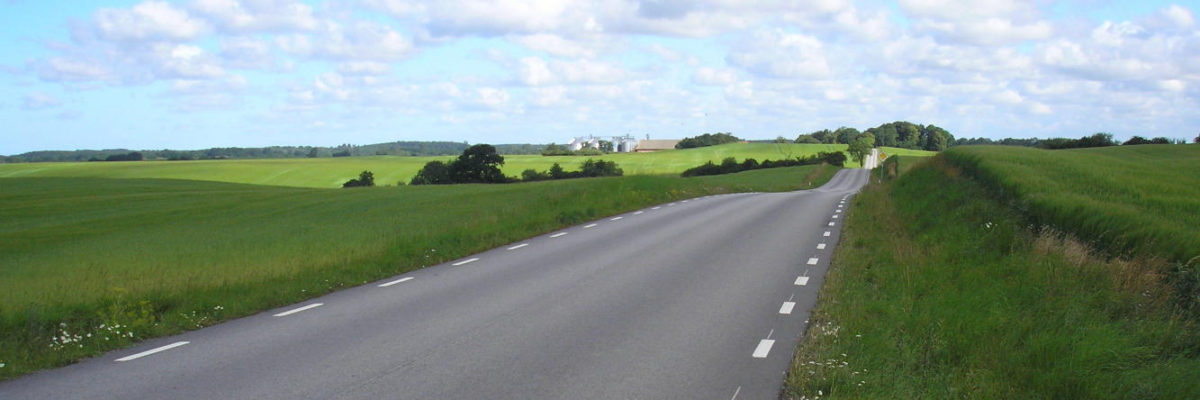This was originally written a comment on an episode of the wonderful Partially Examined Life (“A podcast by those who were once considering doing philosophy for a living, and then thought better of it”) – specifically Ep. 189 on Authorial Intent (Barthes, Foucault, Beardsley, et al).
Thanks guys for the great conversation: you do your usual wonderful job of presenting compelling readings for positions I am not particularly sympathetic to. In the same way as Robert Williams’ comment on part one – and as alluded to by Wes during towards the end – my general impulse is to bemoan the baleful influence some of these have had on the practice of criticism. I think you made good points on the potential breadth of “intention” and how it could be broader than the conscious. What I found curious though is that the survey (while seeming to be sufficiently broad to take in all of “art”) seems to leave out some very specifically intentional works.
This particularly chimed with me as I read Brian Boyd’s wonderful criticism on Nabokov’s “Pale Fire” (a previous Phi Fic read!) – “The Magic of Artistic Discovery”. Now Wes and Mark described several scenarios where the artist either (i) deliberately uncouples intention from the creative process, (ii) uses free association as a source of raw material which they actively shape into the product or (iii) act as readers of their own work, and create meaning therein. I don’t doubt that this is a major origin in many types of works. But I would argue that in writing prose and poetry, it is not a necessary component.

